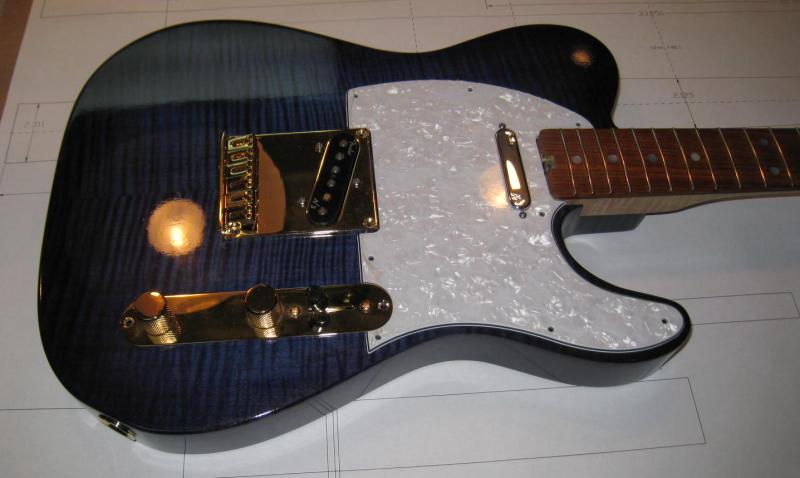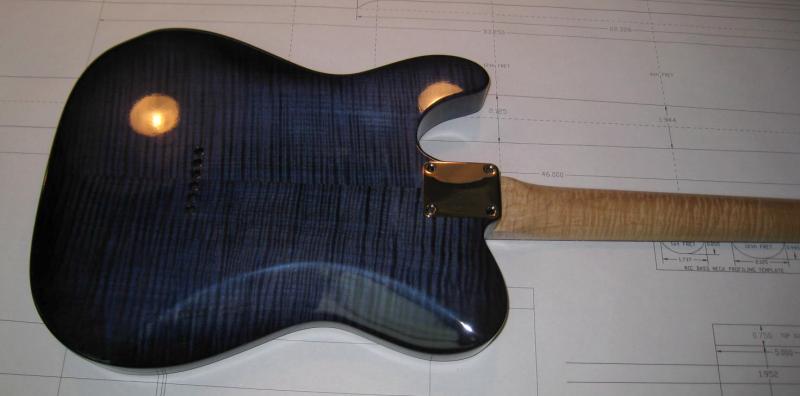Be careful with chambering. It's not always obvious what the results will be. If you just need it lighter, drill relatively small (maybe 1/2" to 3/4"), unconnected lightening holes with a forstner bit. Alternately, you can route 1/2", unconnected channels and that usually works OK too. If you do actual chambers, you might find that it ends up sounding great, or you might very well find that you completely killed the bass...or introduced dead notes....or any one of a bunch of different maladies. Strange things start to happen when you take a solid chunk of wood and significantly weaken it, allowing it to develop funny modes of vibration. It's much easier to predict hollow, or semi-hollow effects than it is to predict the effect of chambering. It's often times a trial and error thing.




 Reply With Quote
Reply With Quote








